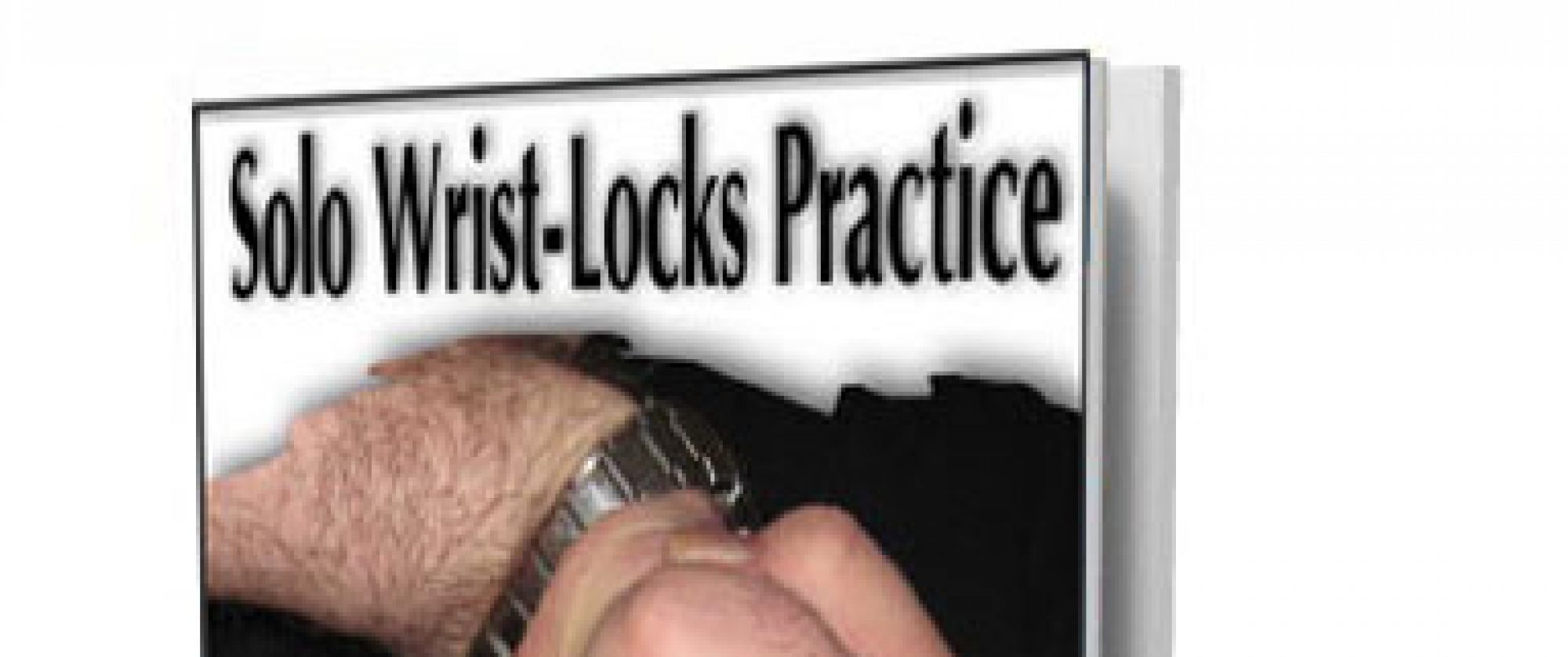In the last blog post, we dealt with a gridlock scenario where both you and your opponent respond with a punch during a wrist lock.
You punch because she’s resisting, and she punches because you are effecting a lock as a control.
So, you both punch at the same time.
Problem?
[headline_georgia_small_left color=”#000000″]Counter the Wrist-Locks Resister with a Kick[/headline_georgia_small_left]
I gave you several options on how to avoid a simultaneous, double knockout. One option that I didn’t discuss was a low-line kick.
I have developed a lot of drills, and you should too, where I kick low the instant I feel wrist locks resistance. These kicks could aim for the shins, knee, or inside of the leg.
Note: I also am partial to a scrap with my instep down the opponent’s shin … or a solid, stomp to the part where the shin and foot “connect.”
Demolishing the ankle in a real, life-threating emergency is an option, too.
[headline_georgia_small_left color=”#000000″]Escaping The Wrist Lock[/headline_georgia_small_left]
Of course, since you should always look at the flip side of a coin, I also have a lot of drills where I kick low in response to someone else trying to wrist lock me.
So, are we just creating another “both-gunslingers-draw-at-exactly-the-same-time” situation?
Instead of punches, have you just created an impasse with kicks?
Actually, now there is some variety: While you lock, you feel resistance … so, you have a choice of either kicking or punching immediately. (I suggest you practice both, for automaticity.)
And on the receiving end, you have a choice to use a punch or a kick to escape the lock.
This turns it into a real game … kick-n-kick, kick-n-punch, punch-n-kick.
So far, all of this can be practiced in the context of a regular, martial arts class. There’s nothing magic or really special about any of these moves, right?
In the next post, I’ll show you how to make this very same scenario into a higher-level, advanced martial-arts, training session.

